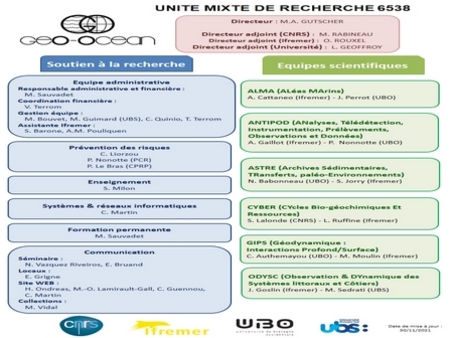Marine sand resources on the Martinique island plateau
Within the general framework of mapping the French continental shelf (metropolitan France and French overseas departments), Ifremer undertook the survey of the insular shelf of Martinique during two oceanographic campaigns conducted in 1990 (IGMAR 1) and 1993 (IGMAR 2). The maritime domain concerned includes the Atlantic coast, where the island shelf is well developed, the northern part of the Caribbean coast and the bay of Fort-de-France.
The research programme studied the characteristics of the seabed (seabed) and the loose sedimentary layer (subsoil) resting on indented bedrock (rock or coral). The results relating to the nature and morphology of the seabed were published in the form of a thesis by the University of Bordeaux 1(1) and a detailed map (2).
In 2006, the French Research Institute for Exploitation of the Sea (Ifremer) and the Regional Council of Martinique joined forces for a study on the assessment of marine sand resources on the Martinique island shelf.
The results of this work, based on the thickness and nature of the loose sedimentary layer, showed the significant potential of marine sand resources, with an estimated volume, for the main accumulations, of 192 million m3.
This estimate does not account for areas where sediment thickness is less than 4 metres and areas that were not identified during the IGMAR 1 and IGMAR 2 oceanographic surveys, in particular the coastal areas. Therefore, it could be that resources are greater than the estimates.
These sedimentary stocks have several applications:
- beach nourishment and thus preservation of the natural heritage of the coastline;
- the construction and public works (BTP) sector.
All the existing results in the field of marine geology (scientific work, map of surface formations, inventory of marine sand resources) now mean that public decision-makers in Martinique have access to all information essential for the sustainable management of its coastal seabed.

